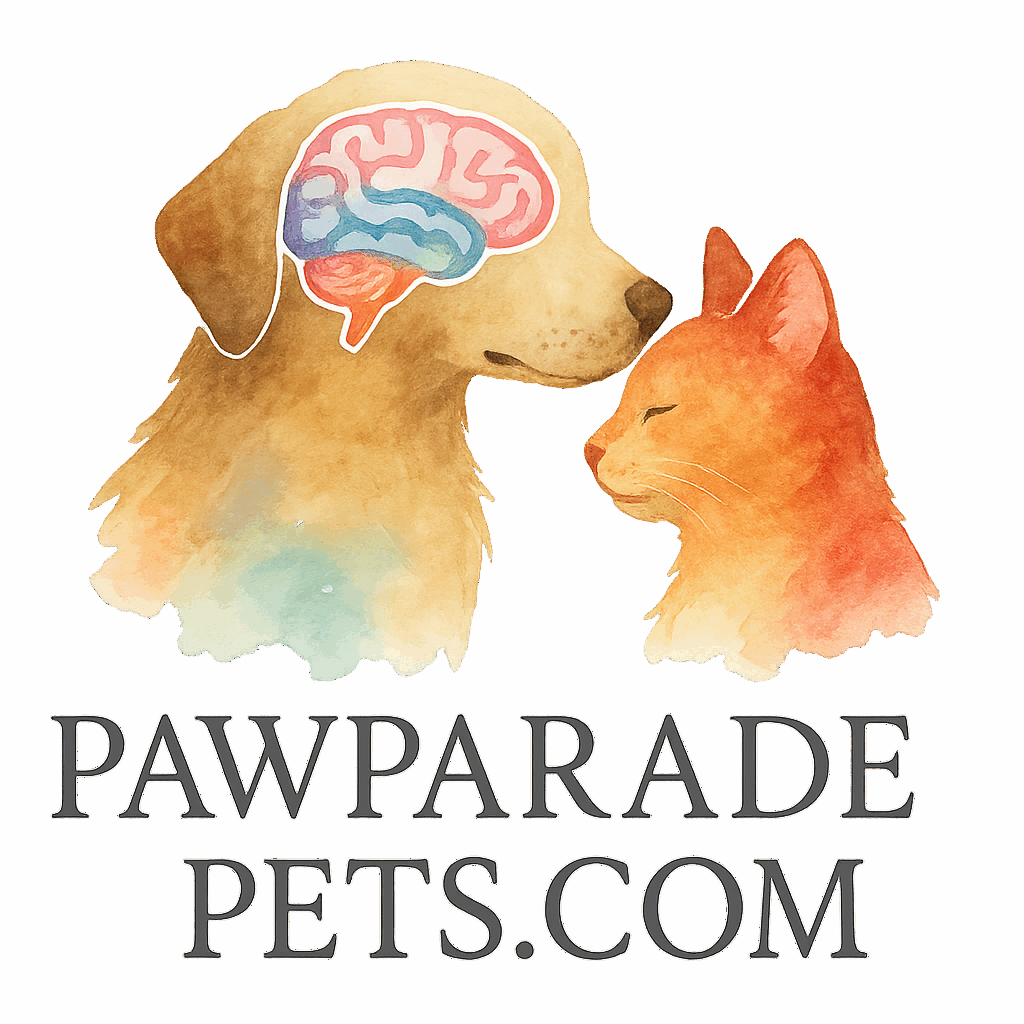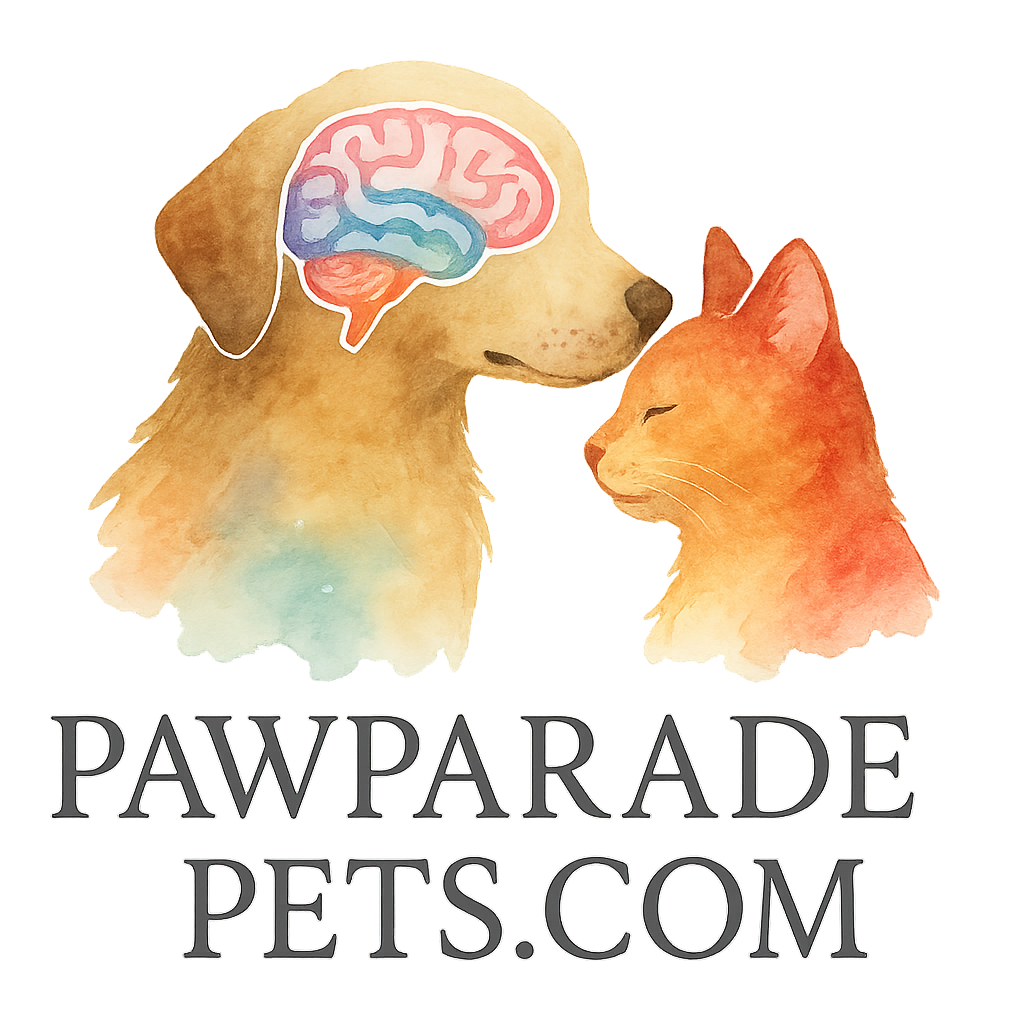Introduction to Advanced Pet Brain Training
If you’re the proud parent of a highly intelligent pet, you already know that a simple game of fetch or a chew toy just won’t cut it anymore. Just like us, our furry companions crave mental stimulation. Welcome to the world of complex brain training tasks for advanced pets – a world where your pet can flex those cognitive muscles like a seasoned pro!
Why Brain Training Matters for Smart Pets
Cognitive Benefits for Pets
Brain training isn’t just for puppies or basic obedience. Advanced pets thrive on mental challenges, which help them maintain cognitive sharpness, improve focus, and even slow aging-related decline. It’s like sending your dog or cat to a mental gym!
For a deeper understanding of the basics of brain training, explore Brain Training Basics.
Emotional and Behavioral Perks
Mentally stimulated pets are less prone to destructive behavior and anxiety. A bored brain tends to get creative in all the wrong ways—chewed shoes, dug-up gardens, and nonstop barking. Training boosts confidence and strengthens the bond between pet and owner.
More on this at Behavior & Obedience.
How to Know If Your Pet Is Ready for Advanced Training
Signs of High Intelligence in Pets
Some signs your pet may be ready include quick learning, problem-solving skills, social awareness, and responsiveness to novel situations. Ever seen your dog figure out how to open doors? That’s your sign!
Behavior Cues to Watch For
Look for behaviors like anticipating commands, boredom with basic tricks, and initiating play. If your pet seems more interested in puzzles than cuddles, it’s game time.
Setting Up for Success: Tools & Environment
Must-Have Brain Training Tools
Check out Tools & Toys for Brain Training for a solid starter kit. Think interactive feeders, treat-dispensing puzzles, and smart gadgets.
Ideal Training Environment
Minimize distractions and keep sessions short but regular. A quiet, familiar space with lots of positive energy is key.
Task 1: Puzzle Box Treasure Hunt
How to Create the Puzzle
Grab a cardboard box, place different containers or compartments inside with treats, and seal them in layers. Your pet has to sniff, paw, and nose through to find the treasure.
Training Steps & Rewards
Start simple and increase difficulty. Always reward success with praise and treats.
Find more creative game ideas at Games & Activities.
Task 2: Command Chain Challenge
Linking Multiple Commands
Instead of single commands, build a sequence. Sit, spin, then fetch.
Building Up Complexity
Start with two commands and slowly add more. This boosts memory and listening skills.
Explore more training activities.
Task 3: Shape & Color Recognition
Using Visual Toys for Differentiation
Train your pet to differentiate shapes and colors using color-coded toys or shapes.
Reinforcing With Positive Feedback
Clicker training works great here. Praise and reward every correct choice.
See more at Tag: Brain Training.

Task 4: The Obstacle Memory Run
Setting Up the Course
Design an obstacle course, then remove visual cues. Your pet must remember the layout to navigate.
Encouraging Memory Recall
Use consistent commands and subtle cues. Gradually increase complexity.
Task 5: Mimic Me Game
Training Pets to Copy You
Teach actions like clapping, bowing, or spinning. Use high-value treats for motivation.
Examples of Fun Mimic Tasks
Clapping paws, mirroring stretches, or mimicking tail movements.
Tag this one under Fun and Interactive.
Task 6: Scent Discrimination Game
Scent Variety & Difficulty Levels
Use different essential oils or treats. Mix scents in containers and let your pet find the correct one.
Rewarding Accurate Nose Work
Be generous with praise for correct scent selections. It encourages focus.
Check Tag: Problem Solving.
Task 7: Advanced Hide-and-Seek
Pet as Seeker & Hider
Switch roles occasionally to keep it fresh.
Using Multiple Locations
Vary your hiding spots to challenge spatial memory.
Learn more through Tag: Challenges.
Task 8: Interactive Tech Gadgets
Best Devices for Smart Pets
Think treat cameras, interactive balls, and pet tablets. See gadgets at Tag: Tech.
Engaging Daily Challenges
Rotate gadgets to keep novelty alive. Log progress via apps.
Task 9: Problem-Solving Relay
Combining Tasks in Sequence
Mix multiple puzzles in one training session. For example, solve a toy, navigate a course, and identify an object.
Tracking Progress Over Time
Keep a training log or use smart pet trackers to monitor improvements.
Explore Advanced Cognitive Challenges.
Task 10: The Weekly Skill Mix-Up
Keeping Training Fresh and Varied
Change the sequence of activities weekly. Keep your pet guessing and growing.
Monitoring Skill Retention
Revisit older tasks occasionally. This ensures memory retention and reinforcement.
Common Mistakes in Advanced Brain Training
Overwhelming Your Pet
More is not always better. Watch for stress signals. Scale back if needed.
Inconsistent Reinforcement
If you reward sometimes and not others, your pet gets confused. Be consistent!
Conclusion
Advanced brain training is more than a hobby; it’s a lifestyle for your intelligent pet. These tasks aren’t just about tricks – they build problem-solving, confidence, and joy. Remember to go slow, keep it fun, and let your pet shine.
Tap into more advanced training tools and activities at Paw Parade Pets, and explore even more ideas through tags like Activities, Engagement, and Smart.
FAQs
1. How often should I train my pet with complex tasks?
Daily for short sessions is ideal. 10-15 minutes a day keeps the mind sharp.
2. Can older pets do these brain tasks?
Absolutely! Tailor the intensity to match their pace.
3. What if my pet gets frustrated or bored?
Mix in easier tasks or take a break. Don’t push too hard.
4. Are these tasks only for dogs?
Nope! Many cats, parrots, and even rabbits love mental challenges.
5. Do I need fancy tools or toys?
Not at all. DIY puzzles and basic objects work great, too.
6. What’s the best reward during training?
High-value treats and verbal praise. Make it exciting.
7. Where can I find more ideas for brain games?
Explore Paw Parade’s Games & Activities for fresh, fun content.


